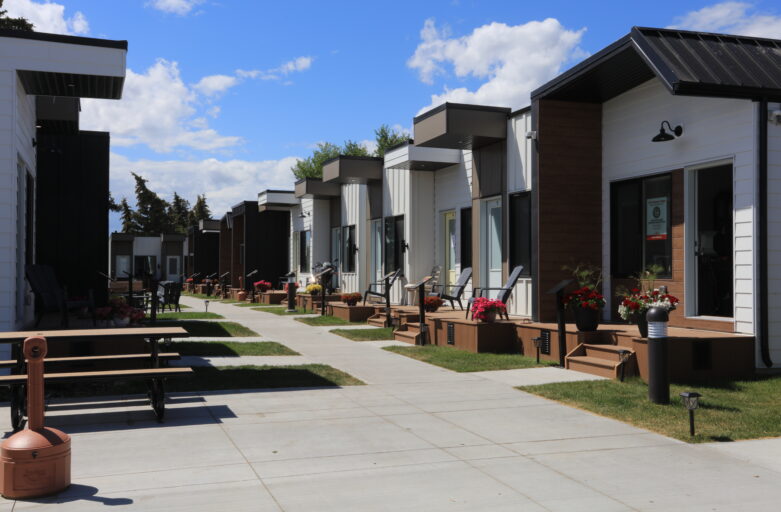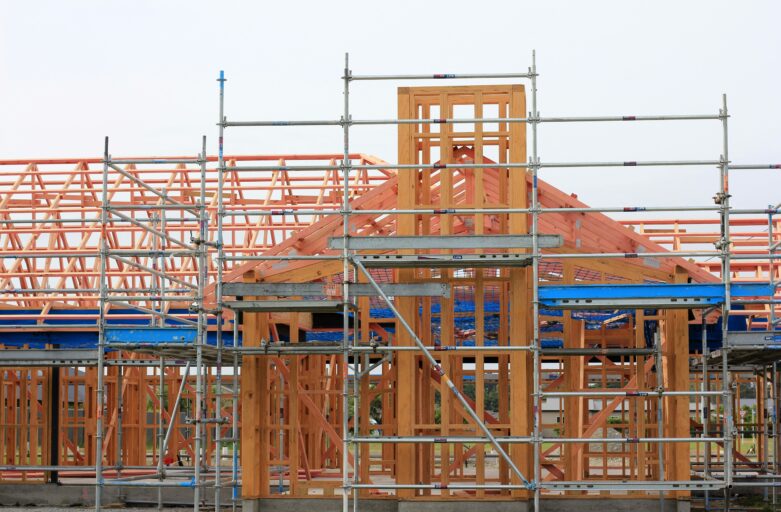Tiny Home Villages and The Housing Crisis
The housing crisis is an ongoing issue that affects a diverse range of individuals and families, including seniors, students, the working poor, and the homeless. The affordability of traditional housing solutions often fall short in addressing the needs of these people. However, an innovative approach is gaining traction: tiny home villages. These compact, efficient living spaces offer a promising solution to the housing crisis, providing affordable and sustainable housing options.
What Are Tiny Home Villages?
Tiny home villages are communities of small, standalone houses, typically ranging from 100 to 400 square feet. These homes are designed to maximize efficiency and minimize costs, making them an ideal solution for those who struggle to afford traditional housing. Beyond affordability, tiny home villages foster a sense of community, which is essential for the well-being of their residents.
Addressing the Needs of Diverse Populations
Tiny homes and tiny home villages have the potential to provide housing solutions for a number of individuals and cohorts, such as;
Seniors: As people live longer, the demand for affordable senior housing has skyrocketed. Tiny home villages offer a viable option for seniors who wish to downsize, maintain independence, and live in a supportive community. They also offer an alternative to seniors housing facilities which, despite best intentions, limit the freedoms and remove the ability of the residents to have agency over many of their decisions.
Students: With rising tuition fees and living costs, students often find themselves in precarious housing situations. Tiny home villages could provide a cost-effective alternative, allowing students to focus on their studies without the burden of high rent.
The Working Poor: Many working individuals and families cannot afford the steep costs of traditional housing and are forced to make choices between housing, food, and other living expenses, causing significant stress. Tiny home villages offer an affordable solution, enabling them to live in decent housing without sacrificing a significant portion of their income.
The Homeless: Tiny home villages provide immediate and dignified housing for the homeless, offering stability and a sense of belonging, which are crucial for transitioning out of homelessness.
Successful Tiny Home Village Projects
Kelowna, BC: Tiny Town for the Homeless
In Kelowna, British Columbia, a pioneering project known as “Tiny Town” has been developed to address homelessness. This initiative, led by local non-profit organizations, consists of several tiny homes equipped with basic amenities. The project aims to provide not just shelter but a pathway to stability and self-sufficiency. Residents receive support services, including counseling, job training, and health care, helping them reintegrate into society.
Calgary, AB: Veterans Village in Radisson Heights
In Calgary, Alberta, the Veterans Village in Radisson Heights is a testament to the effectiveness of tiny home villages in addressing specific community needs. This project, spearheaded by the Homes for Heroes Foundation, provides housing for homeless veterans. Each tiny home is equipped with modern conveniences and is part of a larger community that includes shared spaces and support services. This village not only offers a safe place for veterans to live but also fosters a sense of camaraderie and mutual support.
Homes for Heroes has also developed tiny home villages in Edmonton, Alberta and Kingston, Ontario, each providing housing and support for 20 homeless veterans.
The Benefits of Tiny Home Villages
Affordability: Tiny homes cost significantly less to build and maintain than traditional homes, making them an attractive option for low-income individuals and families.
Sustainability: These homes are designed to be energy-efficient, often incorporating green technologies such as solar panels and rainwater collection systems. This reduces the environmental footprint and lowers utility costs for residents.
Community Building: Tiny home villages foster a sense of community and belonging, which is particularly beneficial for vulnerable populations. Shared spaces and communal activities encourage social interaction and mutual support.
Scalability: Tiny home villages can be scaled up or down to meet the needs of different communities. This flexibility makes them a versatile solution for various housing crises.
Challenges and Considerations
While tiny home villages offer numerous benefits, there are challenges to consider. Zoning laws and building codes can pose significant hurdles, requiring advocacy and policy changes to accommodate these innovative housing solutions. Additionally, funding and land acquisition are critical factors that need to be addressed to ensure the success and sustainability of tiny home villages.
Tiny home villages represent a significant step forward in addressing the housing crisis for seniors, students, the working poor, and the homeless. Projects like Tiny Town in Kelowna and the Veterans Village in Calgary demonstrate the potential of these communities to provide affordable, sustainable, and supportive housing solutions. As more cities and communities explore this innovative approach, tiny home villages could play a pivotal role, not only in creating a more equitable and resilient housing landscape, but also addressing many societal issues by removing the stress of having safe, affordable housing for vulnerable individuals in our communities.
Watch our video here, or watch on our YouTube Channel:
Your questions and comments are always welcome! Contact us to learn more.

